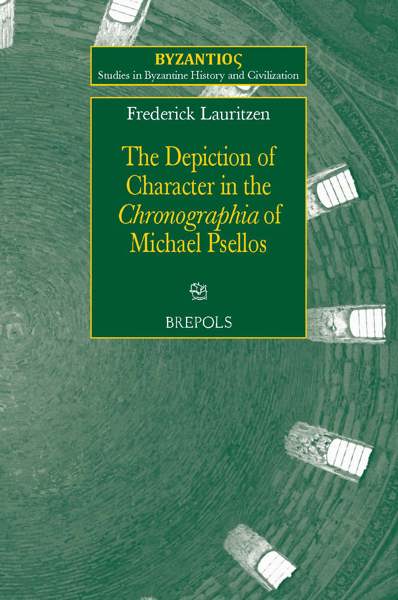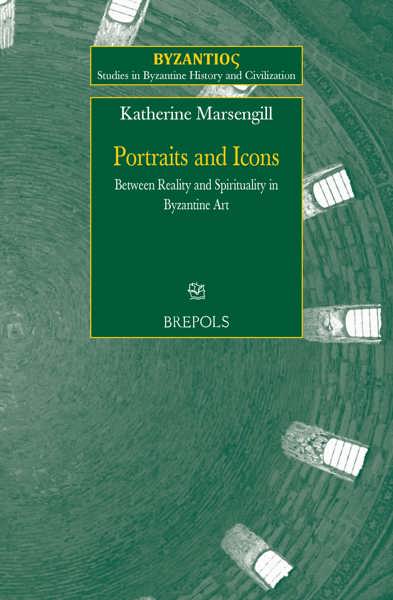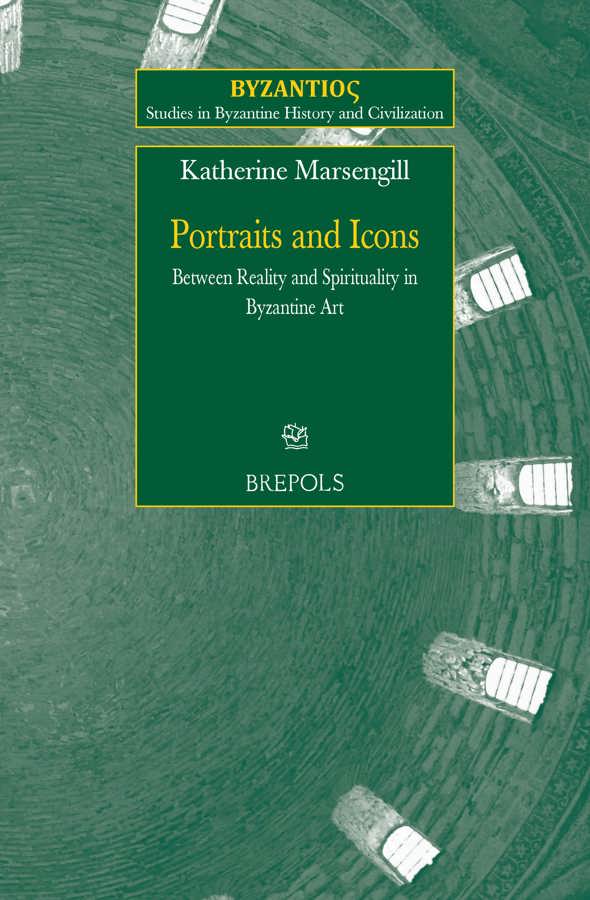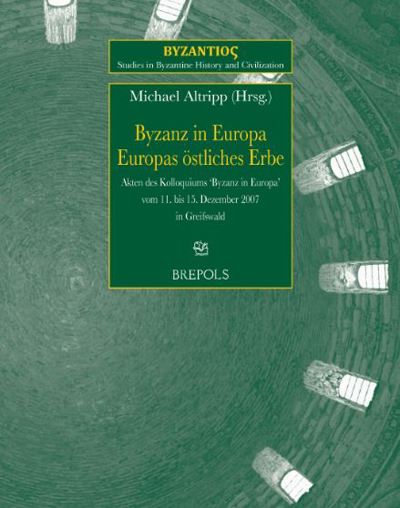
Portraits and Icons: Between Reality and Spirituality in Byzantine Art
Katherine Marsengill
- Pages: xi + 463 p.
- Size:156 x 234 mm
- Illustrations:31 b/w, 84 col.
- Language(s):English
- Publication Year:2013
- € 100,00 EXCL. VAT RETAIL PRICE
- ISBN: 978-2-503-54404-5
- Paperback
- Available
This book examines the phenomena of portraits and icons from late antiquity until the end of the Byzantine period, and the cultural and theological perceptions that guided its reception.
"This substantial book on Byzantine portraits and icons is commendable for the extensive use of the latest editions and translations of primary and secondary sources written in numerous ancient and modern languages and which are painstakingly devised from mutiple disciplines in addition to art historical works to include various theological, philosophical, historical and literary studies. Marsengill's comprehensive treatment of portraits cannot be only and simply called "donor" or "imperial portraits" and that belong to both Constantinopolitan and wider circles under Byzantine cultural domain is exemplary. Such juxtaposition of well-known and rarely examined examples provides an impressive springboard for further refined studies of both portraiture and icons in the Byzantine world." (Jelena Bogdanović, in: Byzantininsche Zeitschrift, Bd. 107/1, 2014, p. 270)
« Katherine Marsengill présente donc dans cet ouvrage une riche analyse critique de l’historiographie de l'icône byzantine (…), qui la mène à des remarques intéressantes sur la réception des œuvres maitresses de cet art. » (Brigitte Pitarakis, Revue des Études Byzantines, 75, 2017, p. 356)
“One cannot but admire this pioneering and intellectually challenging work of scholarship, along with the fascinating insights brought forward by the author(…)” (Rev. Maximos Constas, in Religion and the Arts, 21, 2017, p. 677)
This book examines the phenomena of portraits and icons, and spans from late antiquity through the end of the Byzantine period. Engaging a wide range of material, it addresses persistent themes in the creation of a distinctly Christianized portraiture while analyzing the cultural and theological perceptions that guided its reception. Christian Rome inherited from antiquity its traditions and beliefs regarding portraits. Though altered for its new Christian context, these perceptions did not disappear. This study proves that within Christian portraiture, the icon is not reserved for saints alone. Instead, one must imagine the Byzantine world as one where sacred and secular art intermingled, and portraits of Christ and the saints, emperors, bishops, and holy men existed side by side in visual messages of hierarchal authority. Indeed, in the portrayal of power and holiness, there existed a range of images that can be classified as icons. Certain individuals of high-ranking status, though not saints, were portrayed in ways that recall images of saints because their spiritual or divine authority ranked them closer to God. Their positions further up the hierarchy enabled them to help others in their spiritual ascent and daily needs. Viewers in turn understood these elevated members of their community to be efficacious intercessors and their portraits to be worthy of veneration.
Katherine Marsengill received her PhD in Byzantine Art from Princeton University in 2010. Since completion of her degree, she has taught at Princeton and been a research and educational advisor for the exhibition Transitions to Christianity: Art of Late Antiquity, 3rd – 7th Century AD at the Onassis Cultural Center in New York (December 2011 – May 2012). Her main fields of interest are the processes of artistic change during Late Antiquity, especially concerning portraiture, the rise of icons in Eastern Christianity, issues related to the representation of holy persons as well as the perception of sacred spaces in Byzantium.




